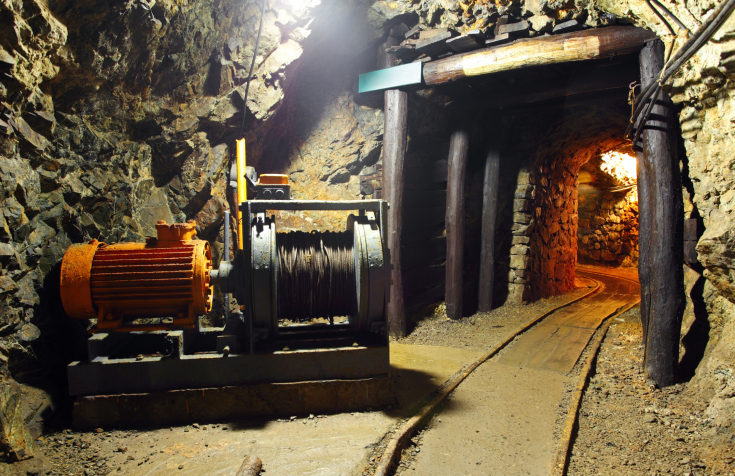Commodities & Metals
Barrick Stock Sale Puts New Risk in All Gold Mining Stocks
Published:
Last Updated:
Barrick Gold Corp. (NYSE: ABX) already was having a bad week after earnings, when it disclosed more delays on projects. The real snafu here was that Barrick decided to add insult to injury by a refinancing action that kills stockholders. The gold miner and producer sold a whopping $3 billion in stock in order to pay down debt. This is called cram-down financing, but what we cannot help but wonder is whether other gold miners will decide to punish their shareholders in the same manner to bolster their finances as well.
Barrick sold roughly $3 billion worth of stock at $18.35 per share. That represents about 10 days worth of trading volume. This dilutes shareholders significantly for future earnings, but Barrick had some $23.829 billion in total debt as of September 30, and only $3.353 billion of that was short-term liabilities.
Newmont Mining Corp. (NYSE: NEM) is another giant international gold rival. Its shares retreated in sympathy, but the company is still worth some $13 billion in equity value. Of Newmont’s $12.25 billion in total debt, only $3.26 billion of this is short-term debt. Shares were down more than 4% Friday morning, at $26.11 in a 52-week range of $25.33 to $52.13.
Goldcorp Inc. (NYSE: GG) shares are weak as well. Its market cap is also above $12 billion. Of the total debt of $8.97 billion, some $1.97 billion in short-term liabilities. The bulk of the debt is listed as $4.87 billion in deferred taxes and $1.48 billion is in long-term debt. Goldcorp may have less in debt maturities to worry about, but it is conceivable that it might want to get rid of what is a serious tax burden already on the books. This one was down almost 5% to $24.20, against a 52-week range of $22.22 to $45.16.
Kinross Gold Corp. (NYSE: KGC) has been pounded also this year, and shares were down almost 5%, at $4.82 in a 52-week range of $4.53 to $10.52. Its market cap is $5.5 billion, and it had debt of just over $5 billion at the end of 2012. Only $1.3 billion of that amount was short-term, and $2.1 billion was directly listed as long-term debt.
Another issue to consider on top of the earnings dilution is that stock offerings of this size could make dividends in the future much harder to raise. More shares means that miners have to make that much more money just to pay the same dividend per share. Investors used to not care about dividends in gold miners, but that was then and this is now.
Cram-down financing like this is something that companies should consider after their stocks have rallied significantly. Doing huge dilution after the sell-off we have seen in gold miners and producers is a lot like adding salt on an open wound.
Thank you for reading! Have some feedback for us?
Contact the 24/7 Wall St. editorial team.